If you’ve ever worked with resin, you’ve probably wondered: does a heat gun speed up cure time? It’s a common question for artists and DIYers eager to finish projects faster.
While heat can influence how quickly resin cures, using a heat gun isn’t always the best or safest method. The key is understanding how temperature affects the chemical reaction behind curing.
In this guide, we’ll explore what really happens when you apply heat, how to use a heat gun correctly, and safer ways to shorten resin cure times without damaging your work.
Get the right tool for the job with our Heat Gun for Crafts Collection — perfect for controlled, even heating during resin projects.
How Heat Affects Resin Curing

Heat plays a big role in how fast resin hardens and how strong it turns out. If you keep the temperature under control, you can cut down the curing time and maybe even get a better finish on your project.
The Science Behind Resin Curing and Temperature
Resin cures through polymerization: resin and hardener link up to form solid polymers. This reaction is exothermic—it gives off heat as it sets. The speed of this process depends on how warm things are.
When it’s warmer, molecules move faster and bond more quickly. So, epoxy resin cures faster in a cozy room. But if it gets too hot, you risk uneven results or brittleness.
Most epoxy systems like it between 70°F and 85°F (21°C–29°C). If it’s cooler, curing slows down—sometimes by a lot. Keeping things warm and steady leads to better clarity and a harder finish.
How a Heat Gun Changes the Curing Process
A heat gun lets you put heat right where you want it. Used right, it bumps up the resin’s surface temperature and helps the reaction along. That can take cure time from hours to just a few.
Moderation matters. Keep the gun moving—don’t blast one spot. Holding it too close or using high heat can cause bubbles, yellowing, or even melting. Usually, 6–12 inches away works, depending on your settings.
Plenty of makers use heat guns to pop air bubbles too, which makes the finish clearer. Controlled heat lets you speed things up without sacrificing a smooth, strong surface.
Want to speed up curing safely? Try our UV Curing Light Collection for quick, consistent results without overheating your resin.
Using a Heat Gun Safely and Effectively

You can use a heat gun to clear bubbles and maybe shave a bit off the cure time, but it takes a steady hand. Timing, distance, and temperature are everything if you want to avoid bubbling, cracking, or yellowing.
When and How to Apply Heat During Curing
Don’t reach for the heat gun right away. Pour and level your resin, then give it a minute or two for bubbles to rise. Hold the gun about 4–6 inches above the surface and sweep it slowly back and forth.
Start with the lowest heat setting. Short bursts—a few seconds per spot—are usually enough to pop bubbles or warm things up a bit. Keep it moving so you don’t overheat any one area.
If you’re working with a big pour, check the resin temperature with an infrared thermometer. Stay under the maximum temperature your resin’s manufacturer recommends (usually 75–85°F (24–29°C)). Good airflow helps with fumes and keeps things from overheating.
Common Mistakes and How to Avoid Overheating
Getting too close or turning up the heat can cause bubbling, warping, or burns. Don’t aim at one spot for more than a few seconds. If you heat unevenly, you’ll probably get cracks or dull patches.
Avoid using a heat gun to rush thick layers. The resin already gets hot inside, and extra heat from the gun can make it harden too fast.
Check that your tool’s clean and the vents are clear. Use a low, steady motion and test on a scrap piece before going for your main project. Always work where there’s good airflow, and wear gloves or a respirator if the fumes get strong.
Alternatives to Speed Up Cure Time
If you want faster curing, try tweaking your workspace or picking a different resin. Small changes to ambient temperature, humidity, or the resin formula can make a real difference without risking surface damage.
Adjusting Room Temperature and Humidity
Resin sets up faster in a warm, dry space. Raising the ambient temperature to around 75–85°F (24–29°C) usually helps the reaction along. Use a space heater or a warming lamp to gently nudge the temperature up—don’t blast it with direct heat.
Keep humidity under 60%. Too much moisture can mess with some resins, leaving cloudy spots or soft patches. A dehumidifier or AC can help keep things steady.
Try to avoid big temperature swings. Sudden heating can trap bubbles or cause uneven curing. Let the resin sit in a stable environment for a few hours.
|
Condition |
Recommended Range |
Effect on Curing |
|
Temperature |
75–85°F (24–29°C) |
Speeds up reaction |
|
Humidity |
Below 60% |
Prevents defects |
Choosing Faster-Curing Resin Formulas
Some resins cure in just a few hours, while others take a day or longer. If you’re in a rush, look for a fast-curing epoxy or UV-activated resin—they’re great for small projects.
Fast-curing resins get hotter as they set, so mix smaller batches to avoid overheating. Stick to the manufacturer’s mix ratios and working times.
If you need more time to fuss with your pour, try a medium-speed formula. It gives you a little breathing room and reduces the risk of warping or bubbles.
Tip: Always test a small sample first so you know how the resin will act in your space.
For professional-quality curing every time, explore our UV Curing Station Collection — designed for efficiency and flawless finishes.
Conclusion: Does Heat Gun Speed Up Cure Time?
Using a heat gun can help speed up resin curing, but it’s all about balance. Too much heat can cause bubbles, cracks, or uneven finishes, while gentle warmth can improve results and save time.
If you’re in a hurry, try controlling your workspace temperature or choosing a faster-curing resin instead of relying solely on direct heat.
Want to keep your cured pieces looking perfect over time? Read our guide on resin yellowing to learn how to protect your projects from fading and discoloration.
Frequently Asked Questions: Does Heat Gun Speed Up Cure Time
Can I use a heat gun to cure resin?
Yes, a heat gun can raise the resin’s temperature and speed up curing. Keep it moving to avoid overheating or bubbles. Use low to medium heat and don’t get too close.
Will a heat gun speed up epoxy cure time?
It can help by warming the epoxy and shortening cure time. Too much heat can cause uneven spots or damage. Start gently and test a small area first.
How to speed up curing of resin?
Warm your workspace, use gentle heat, or choose a fast-curing resin. Keep the temperature steady between 70°F and 85°F. Avoid direct, intense heat to prevent cracks or bubbles.
Can resin cure without heat?
Yes, resin cures naturally at room temperature as the chemicals react. It just takes longer—often 24 hours or more. Keep the area warm, steady, and dust-free for best results.


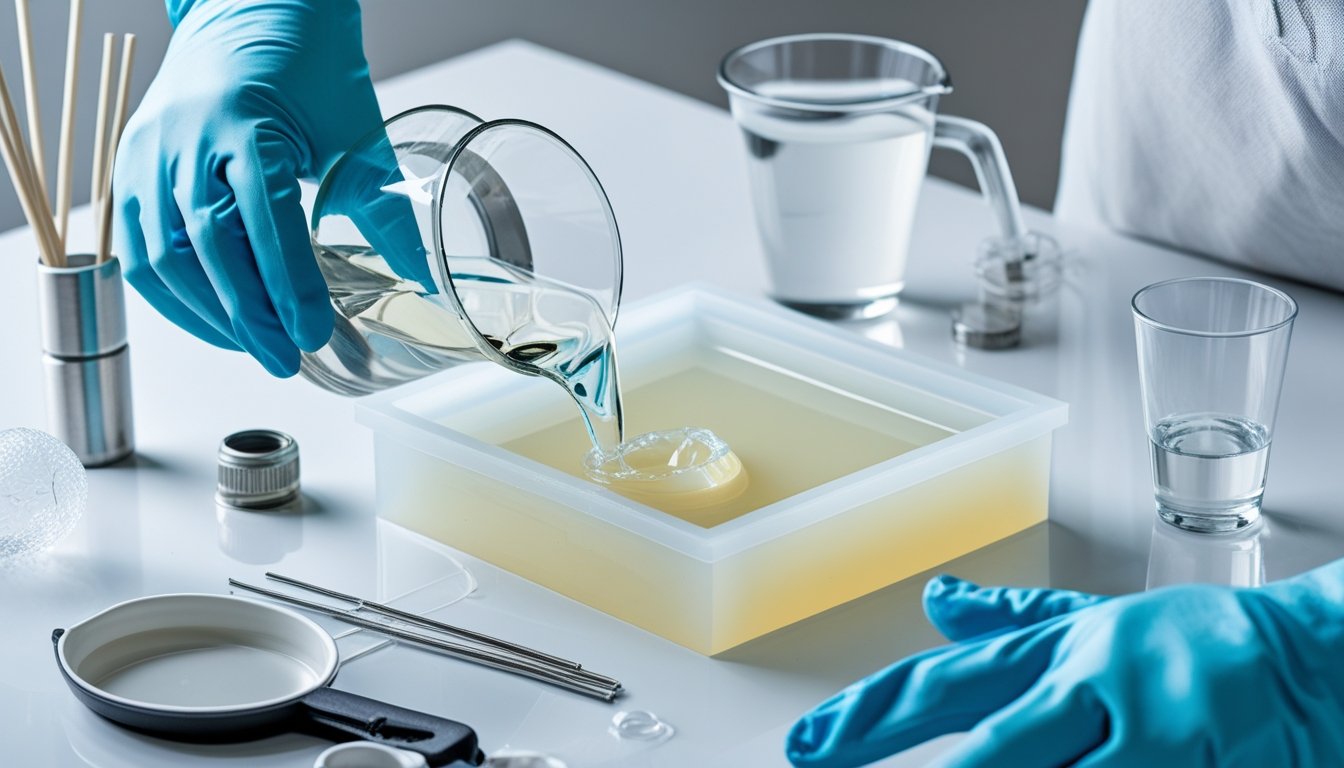
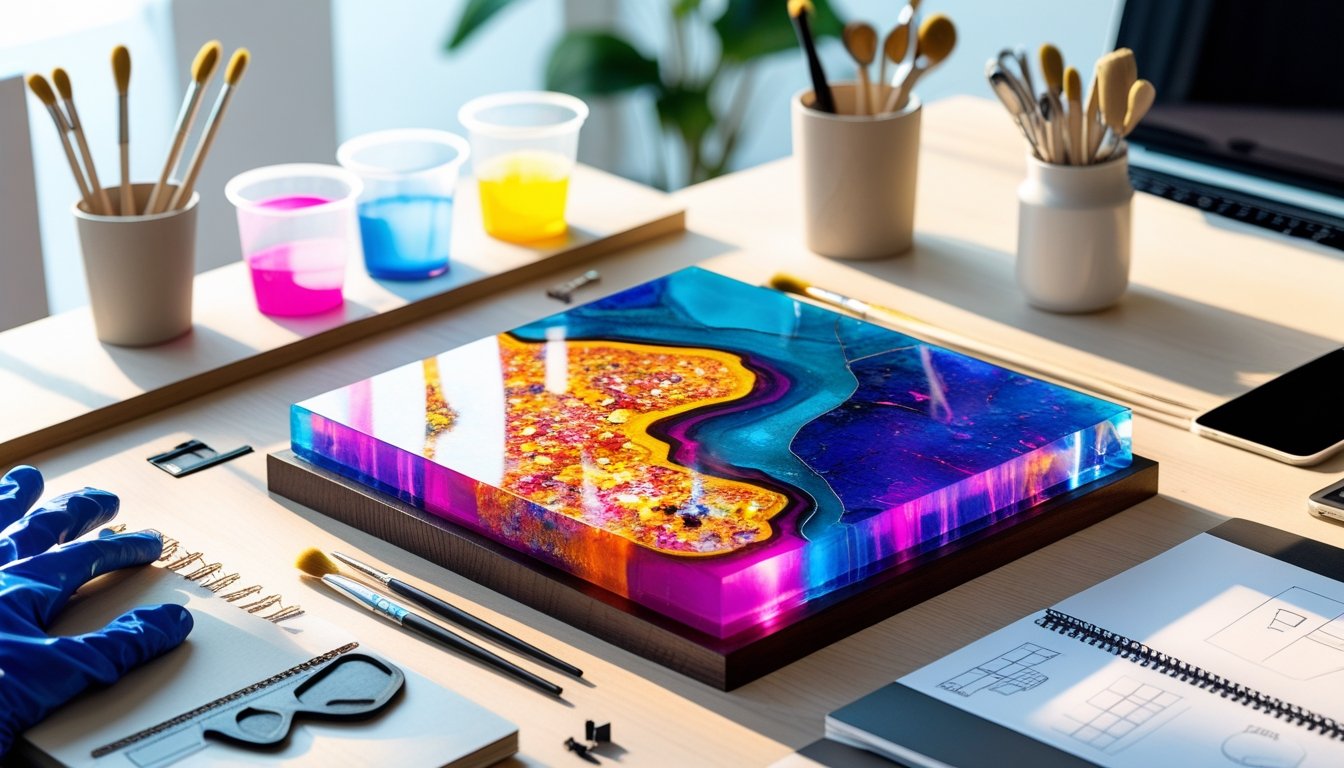
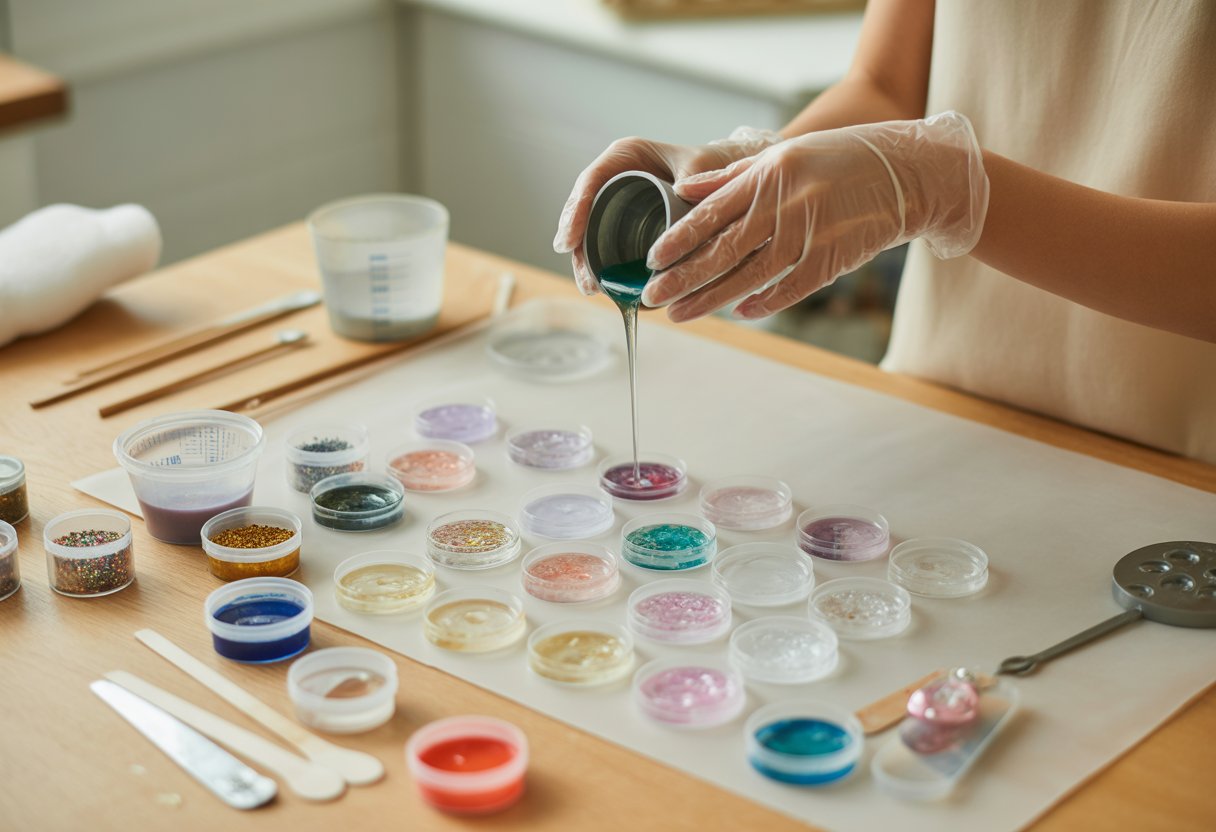
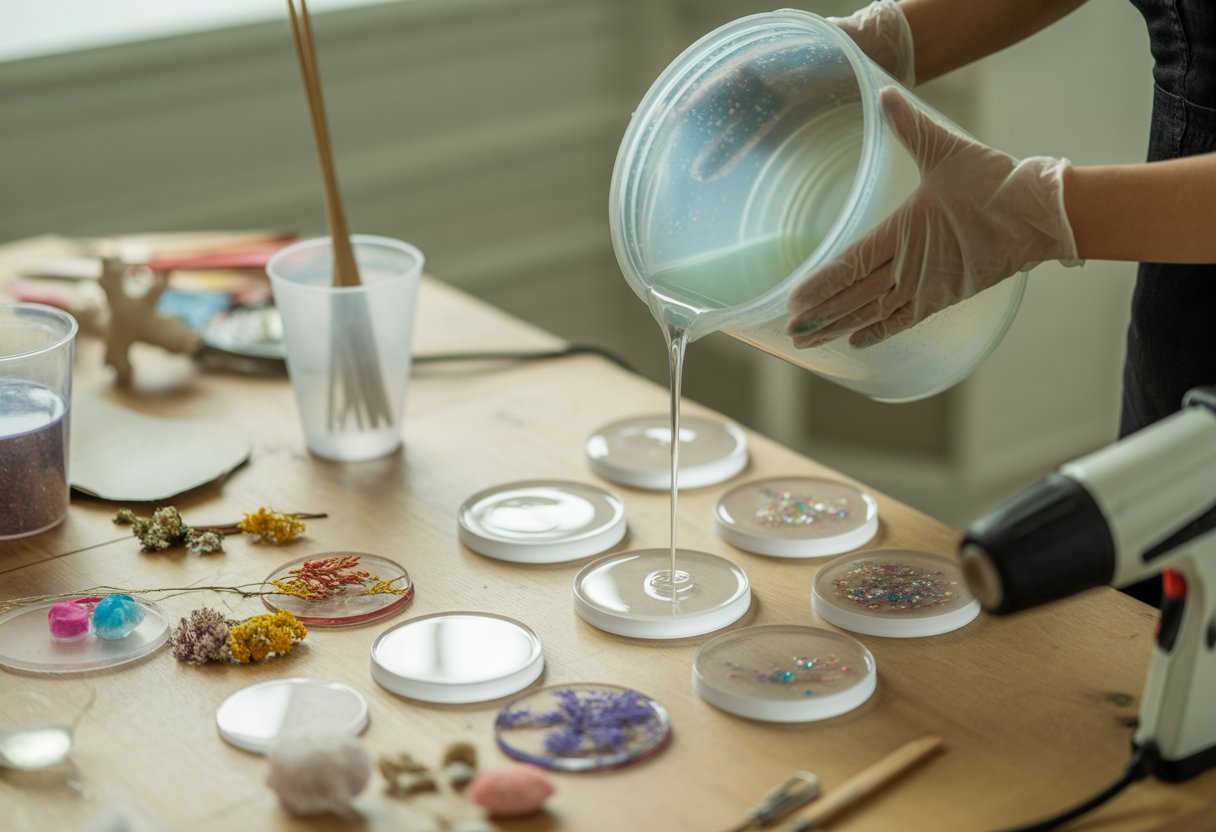
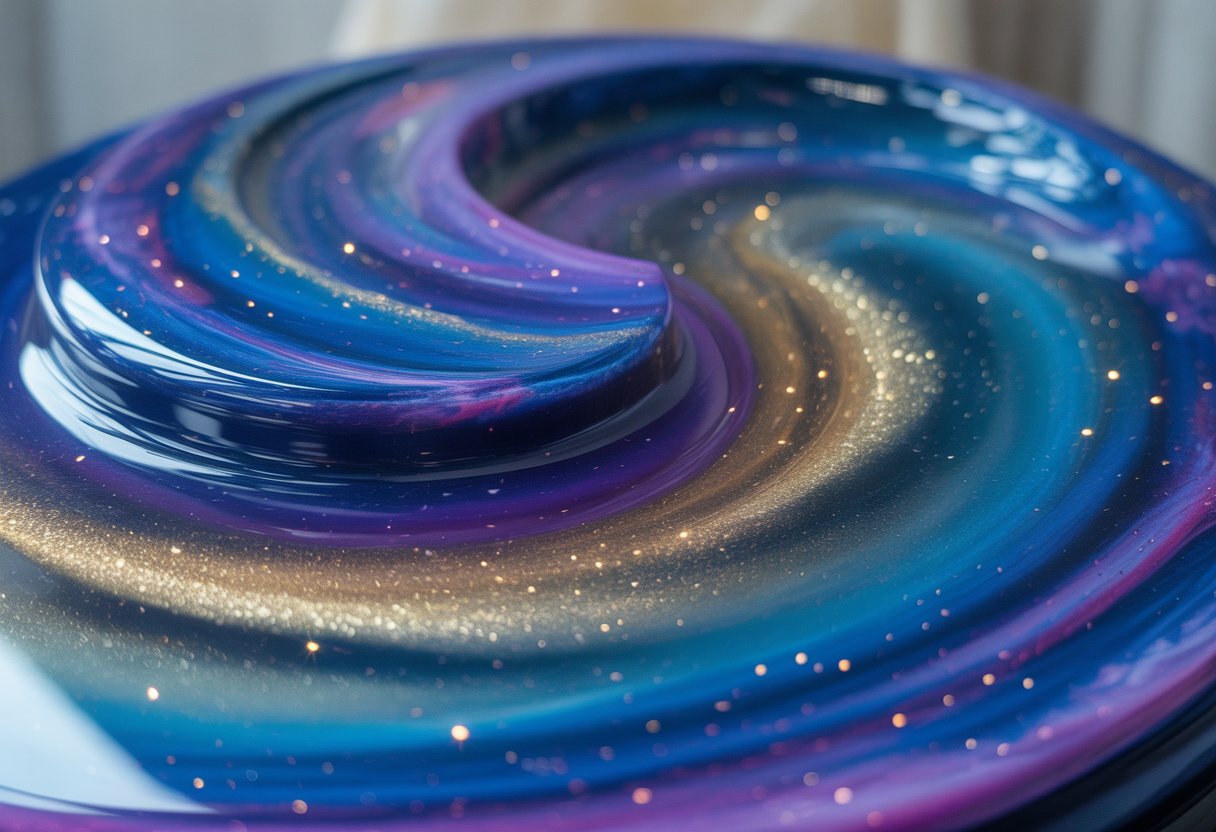

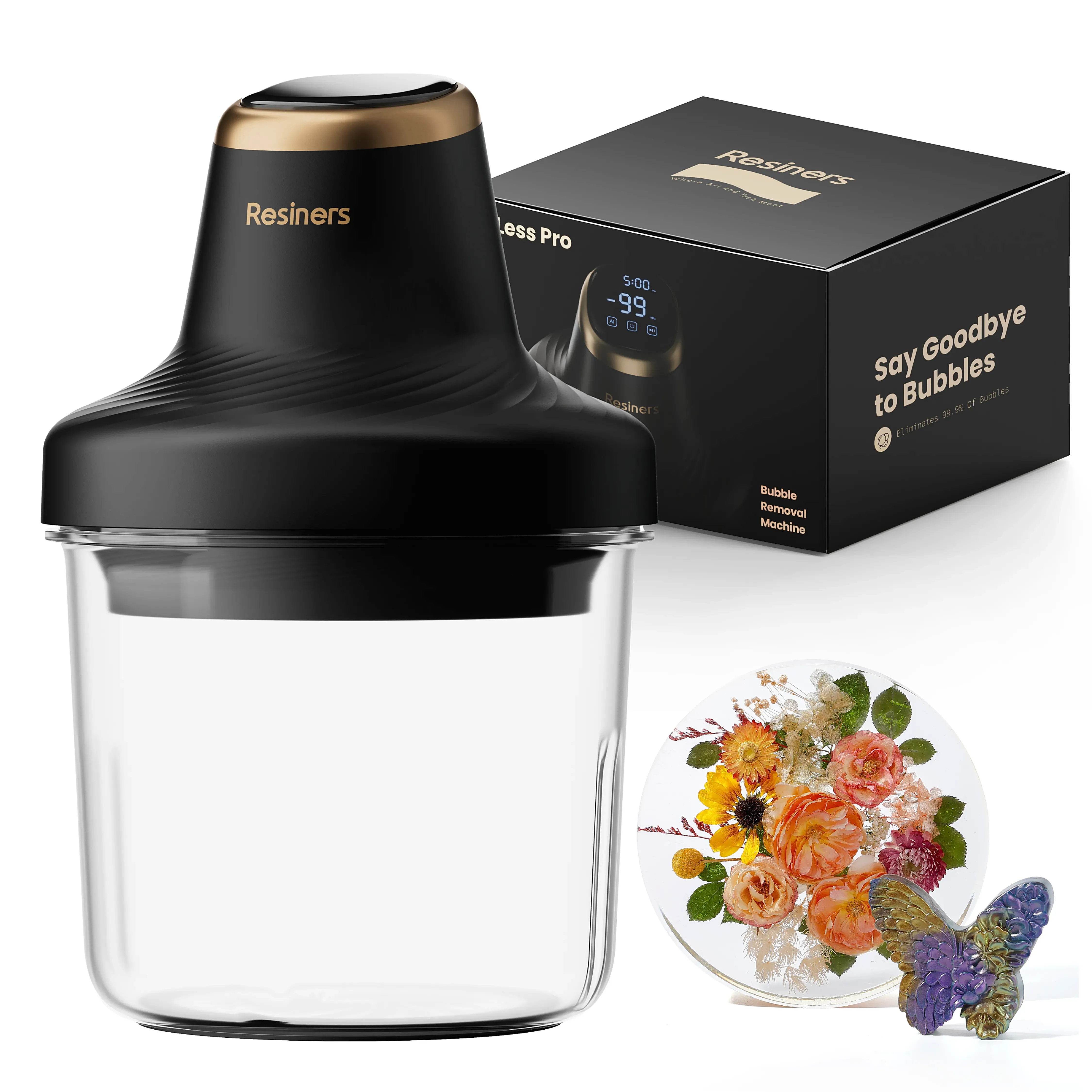
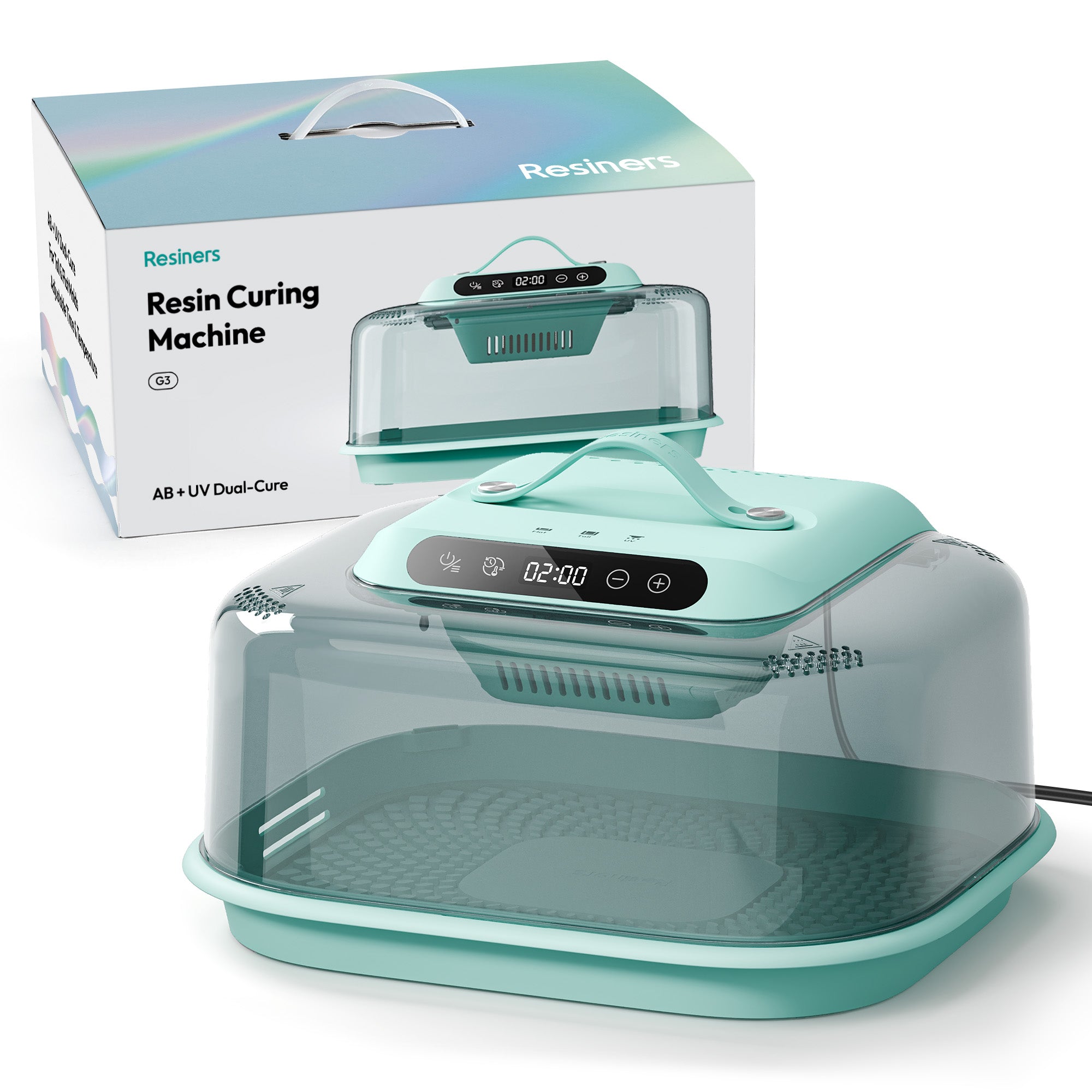

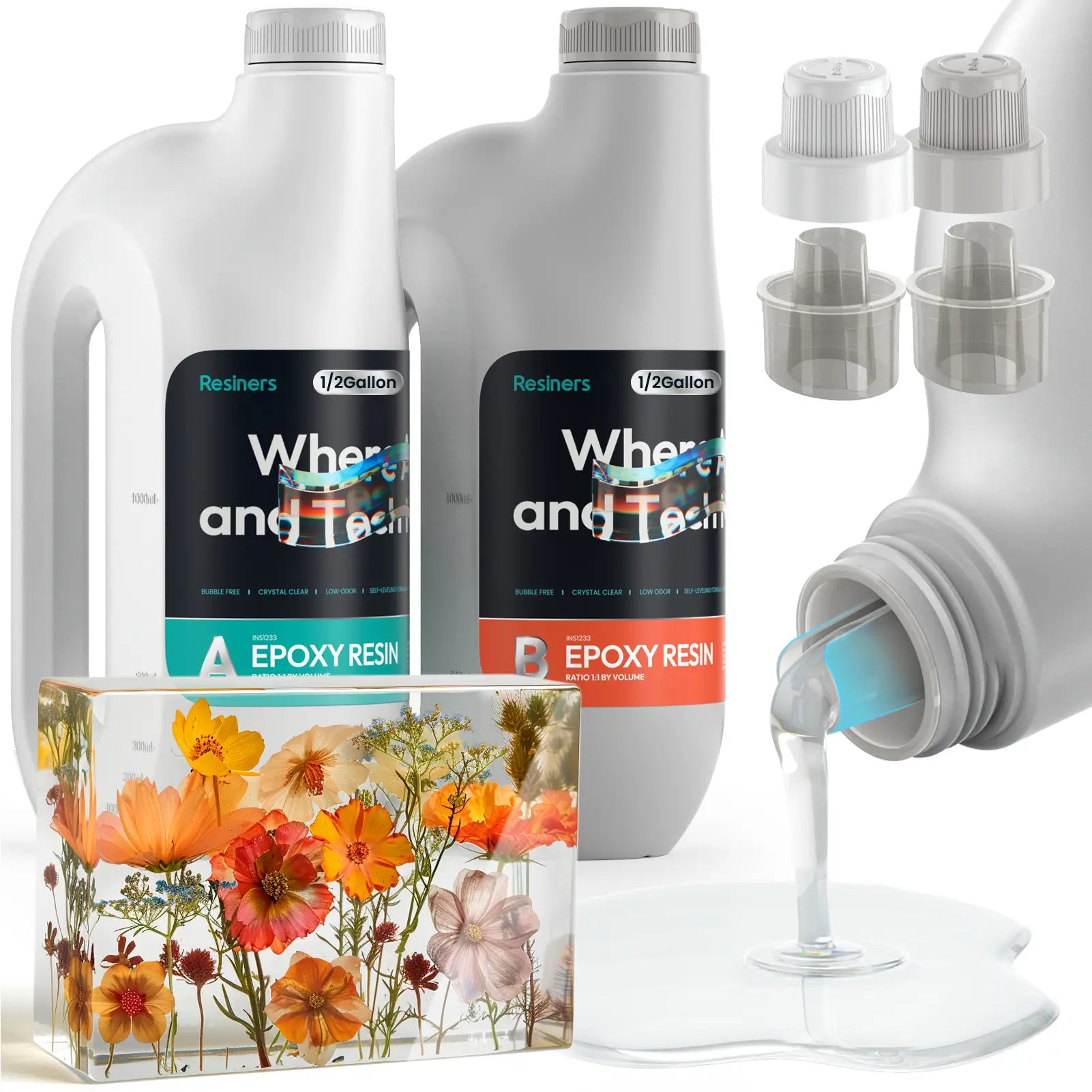
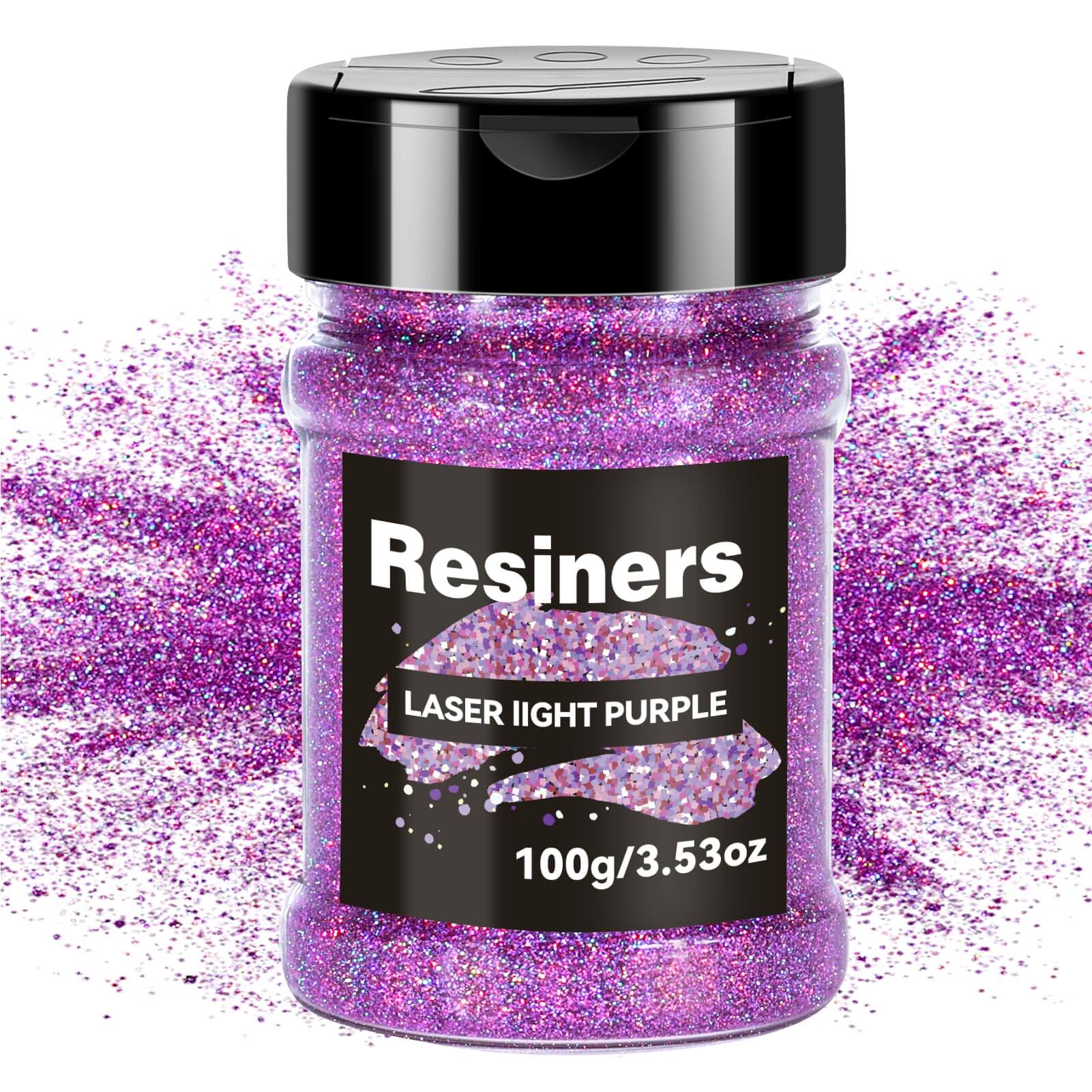
Commenta
Questo sito è protetto da hCaptcha e applica le Norme sulla privacy e i Termini di servizio di hCaptcha.